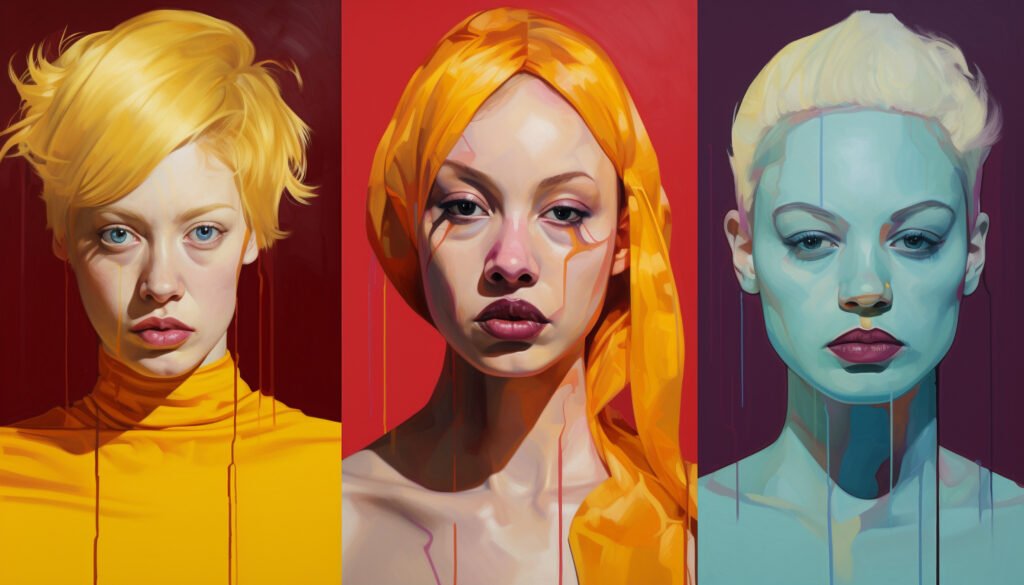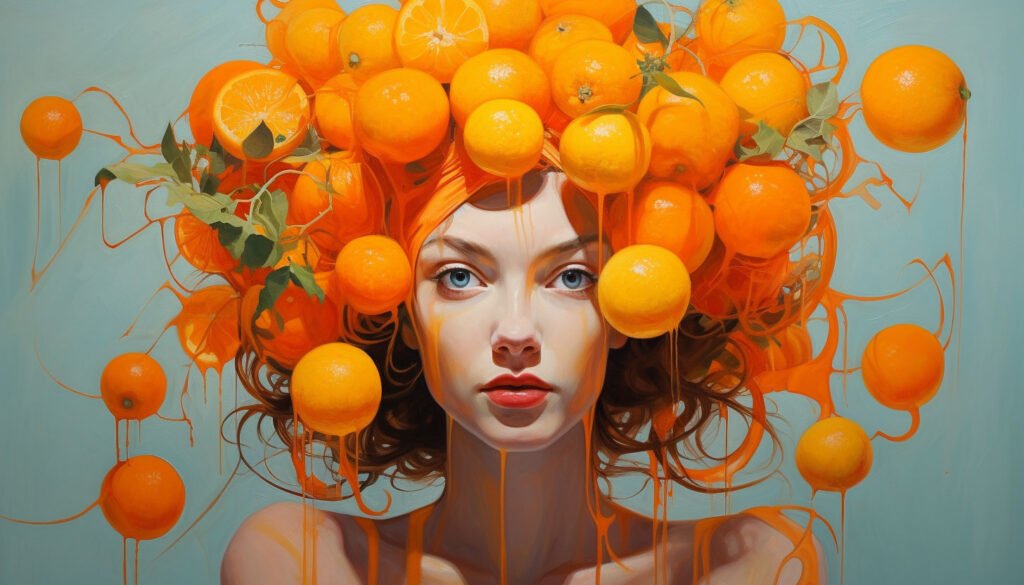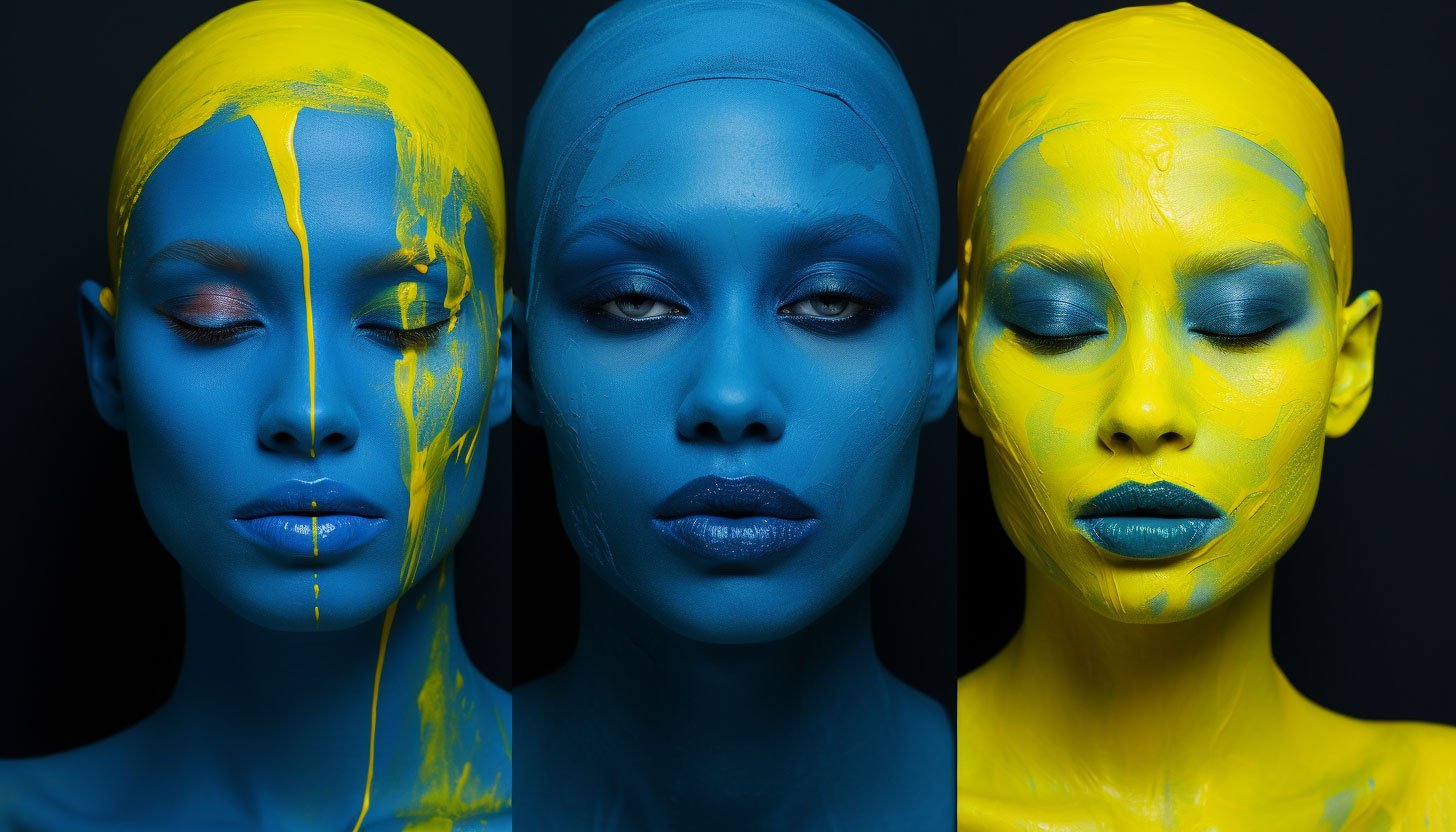Indian Yellow, a luminous and captivating hue, combines artistic inspiration, cultural heritage, and Controversy. This vivid yellow pigment, once associated with India’s rich artistic tradition, has sparked debates and legends surrounding its origin and composition. Join us on a journey through the history and mystery of Indian Yellow as we uncover its vibrant legacy.

The Golden Essence: Origins of Indian Yellow
The pigment known as Indian Yellow, “Monghyr,” or “Hindu Yellow” was traditionally created in India by collecting the urine of cows that were fed a diet of mango leaves. This urine, which contained compounds from the leaves, was evaporated, and the resulting pigment was transformed into a stunning shade of Yellow. The complex production method gave Indian Yellow its distinctive and vibrant qualities.
Radiance in Art: Indian Yellow’s Artistic Significance
Indian Yellow gained popularity among artists for its luminous and warm properties. It was used to create vibrant, sunlit landscapes and held a prominent place in traditional Indian miniature painting. This brilliant pigment, reminiscent of the golden hues in Indian art, played a crucial role in capturing the vibrancy of the country’s landscapes and cultural scenes.
Controversy and Ethical Concerns: The Myth of Cow Exploitation
As the story of Indian Yellow spread, so did controversy and ethical concerns. Obtaining Indian Yellow raised questions about animal cruelty and the exploitation of cows. The rumor that the cows were fed a toxic diet of mango leaves to produce the pigment, causing harm and even death to the animals, led to widespread condemnation.

Truth or Myth? Unraveling the Controversy
The Controversy surrounding Indian Yellow remains a topic of debate among historians and experts. While some sources suggest that the pigment was produced through this method, others contend that the claims of animal cruelty were exaggerated or unsubstantiated. The lack of concrete historical records has made it difficult to confirm or refute the myths surrounding Indian Yellow’s origin.
The Decline and Modern Revival: A Hue Rediscovered
The use of Indian Yellow as a pigment declined in the 19th century due to shifts in artistic preferences and the development of synthetic dyes. The ethical concerns surrounding its production further contributed to its decline. However, in recent years, artists and historians have taken a renewed interest in traditional pigments and techniques, sparking a revival of Indian Yellow’s use and appreciation.
Indian Yellow: A Hue of Mystery and Beauty
Indian Yellow is a testament to the complex relationship between art, culture, and Controversy. Whether rooted in historical truth or myth, this radiant hue evokes a sense of wonder and fascination. As we contemplate the legacy of Indian Yellow, we are reminded of the intricate connections between color, creativity, and the narratives that shape our perception of the world.






